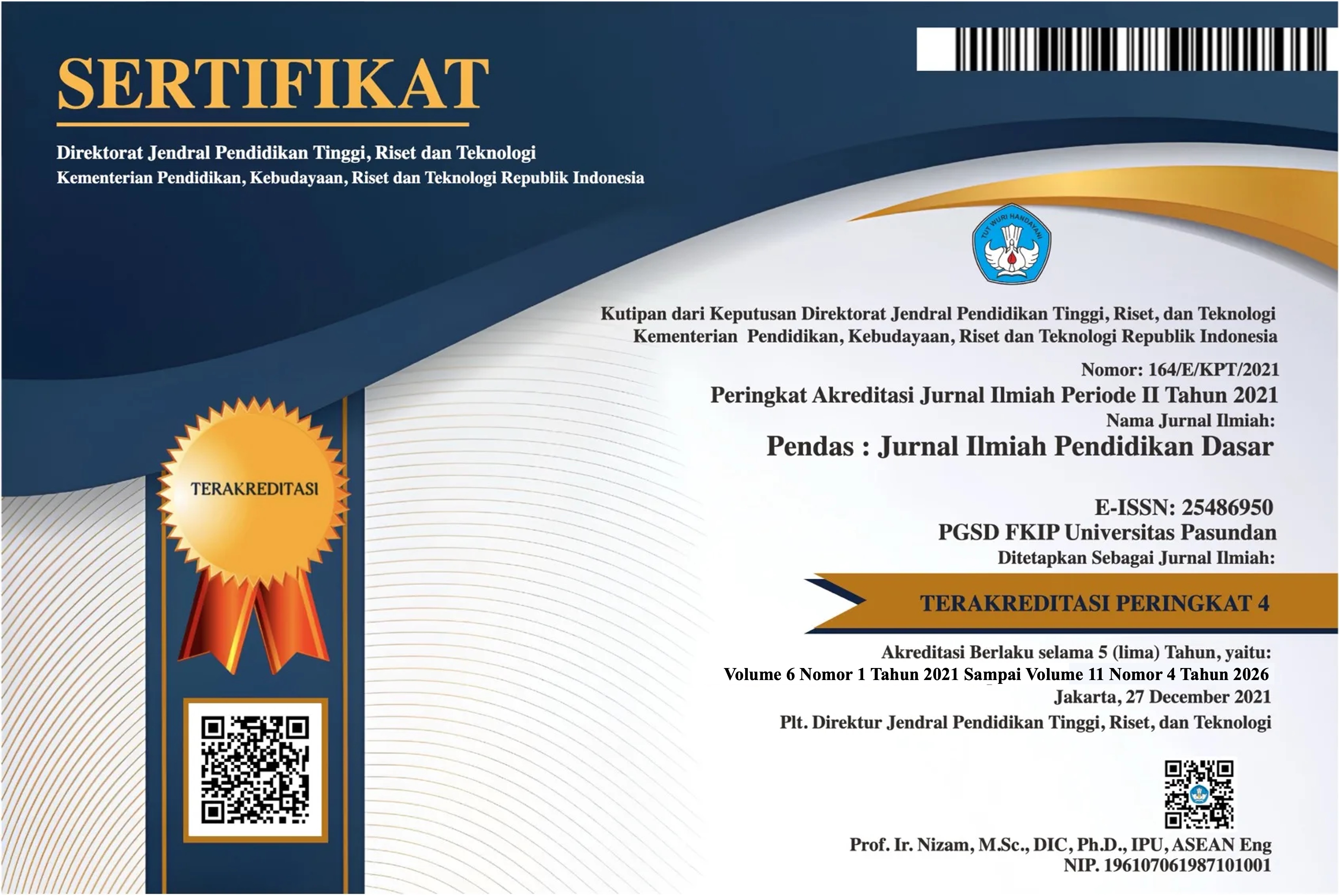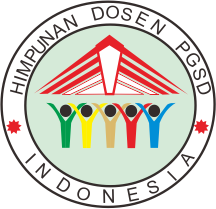PEMBELAJARAN KITAB AL-ARABIYAH LINNASYIIN DENGAN METODE LANGSUNG UNTUK MENINGKATKAN KEMAMPUAN BERBICARA DI SMP SALAFI DI INSTITUT ABU HURAIRA MATARAM
DOI:
https://doi.org/10.23969/jp.v10i01.23382Keywords:
Direct Method,Speaking Ability, Arabic Language LearningAbstract
The purpose of this study was to determine how to learn the Al-Arabiyah Linnasyiin book with a direct method to improve speaking skills in Salafi Junior High Schools at the Abu Huraira Institute, Mataram and to analyze the problems in learning the Al-Arabiyah Linnasyiin book with a direct method to improve speaking skills. This study used a qualitative field method with a focus on teaching Arabic to young people at Salafi Junior High Schools at the Abu Huraira Institute, Mataram through a direct, audiovisual, and visual approach. Data were collected through interviews, observations, and documentation from the principal, teachers, students, dormitory supervisors, and OSIS, and were analyzed in a structured manner to understand the effectiveness of learning. This study shows that learning Arabic at Salafi Junior High Schools at the Abu Huraira Institute uses the Arabic for Juniors book as a strategy to improve students' language skills. This book is designed for non-Arabs, focusing on four main skills (listening, speaking, reading, writing) with a direct method without translation. The full use of Arabic familiarizes students and prepares them for higher levels. The learning method prioritizes direct interaction and continuous practice in the classroom and dormitory. Teachers apply a participatory approach by involving students in direct conversation and practice. A consistent Arabic-speaking environment and adequate teacher competence make learning interactive and enjoyable. However, there are challenges, such as students' diverse educational backgrounds, difficulties in reading the Qur'an, limited learning facilities, and the influence of a mixed environment with other institutions. The solution needed is to provide a special place so that Arabic language learning is more optimal.
Downloads
References
Abdullah, O. A.-S. (n.d.). Mengajar bahasa Arab kepada penutur non-pribumi. Giza. Aldar Al-Alamiya.
Alwasilah, C. (2014). Metodologi Pembelajran Bahasa Arab. Bandung: Pt Remaja Rosdakarya.
Ansori, M. Z., Fattah, A., Nasri, U., & Muhtar, F. (2024). Revolusi pembelajaran di pesantren modern: pengaruh dan implikasi pembelajaran bersanad. Jurnal Ilmiah Global Education, 5(1), 54–62.
Fath, A.-M. (2009). Pengantar Pengajaran Bahasa Arab. Mataram: Al-Ba’a Al-Ala.
Sobkiwa, Z. (2013). Masalah Pengajaran Kemampuan Bicara di Sekolah Menengah Negeri Islam Watts Kowloon Frogu (Penelitian, Departemen Pengajaran Bahasa Arab Fakultas Ilmu Pendidikan, Universitas Islam Negeri Sona Kalijaka, Yakiakarta).
Sohrmon. (n.d.). Hubungan tes bahasa dengan mempelajari keterampilan mereka dalam mengajar bahasa Arab.
Taima, R. (1998). Kurikulum untuk Pengajaran Bahasa Arab dalam Pendidikan Dasar . Kairo: Dar Al-Fikr Al-Arabi.
Downloads
Published
Issue
Section
License
Copyright (c) 2025 Pendas : Jurnal Ilmiah Pendidikan Dasar

This work is licensed under a Creative Commons Attribution 4.0 International License.



















